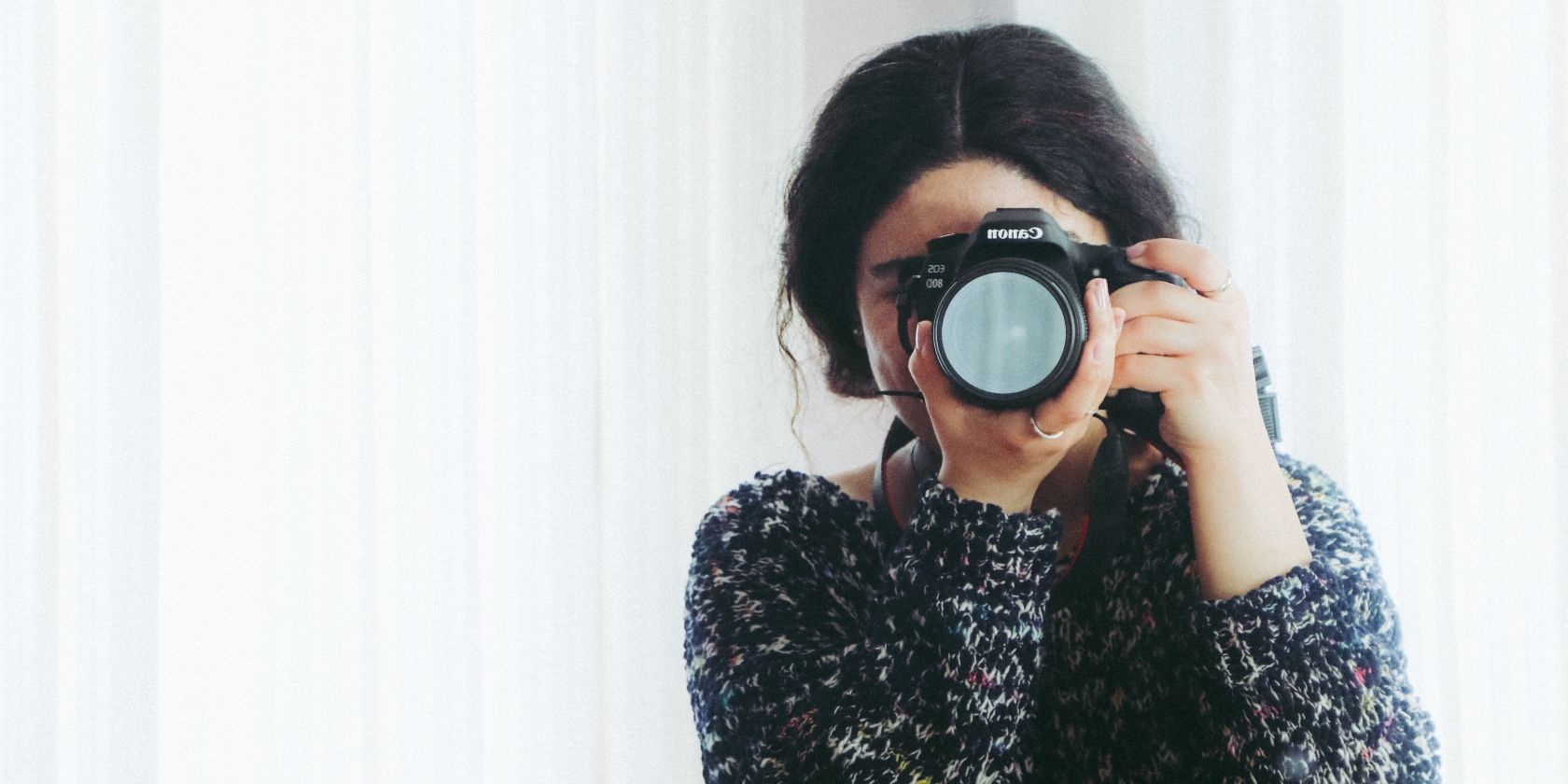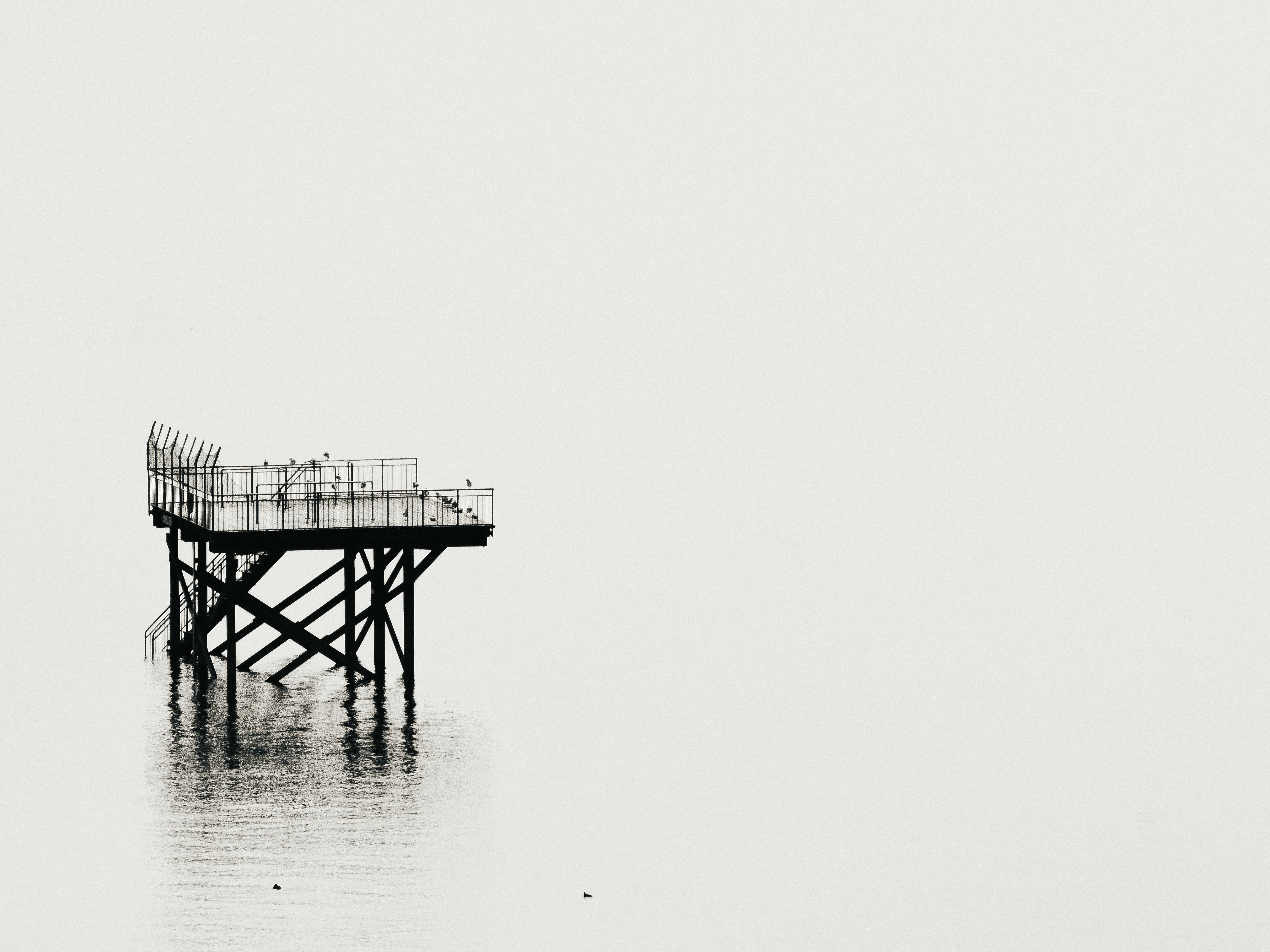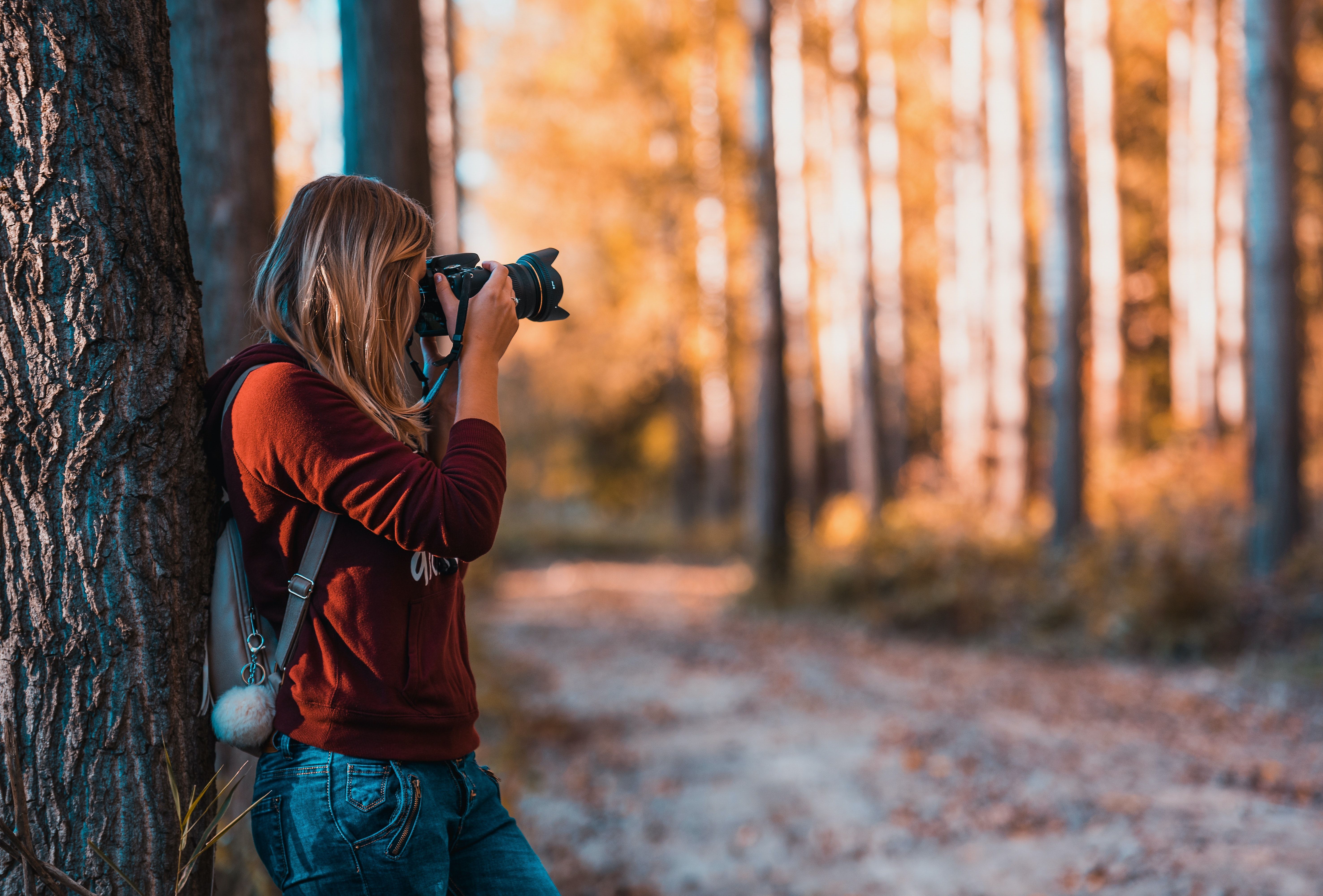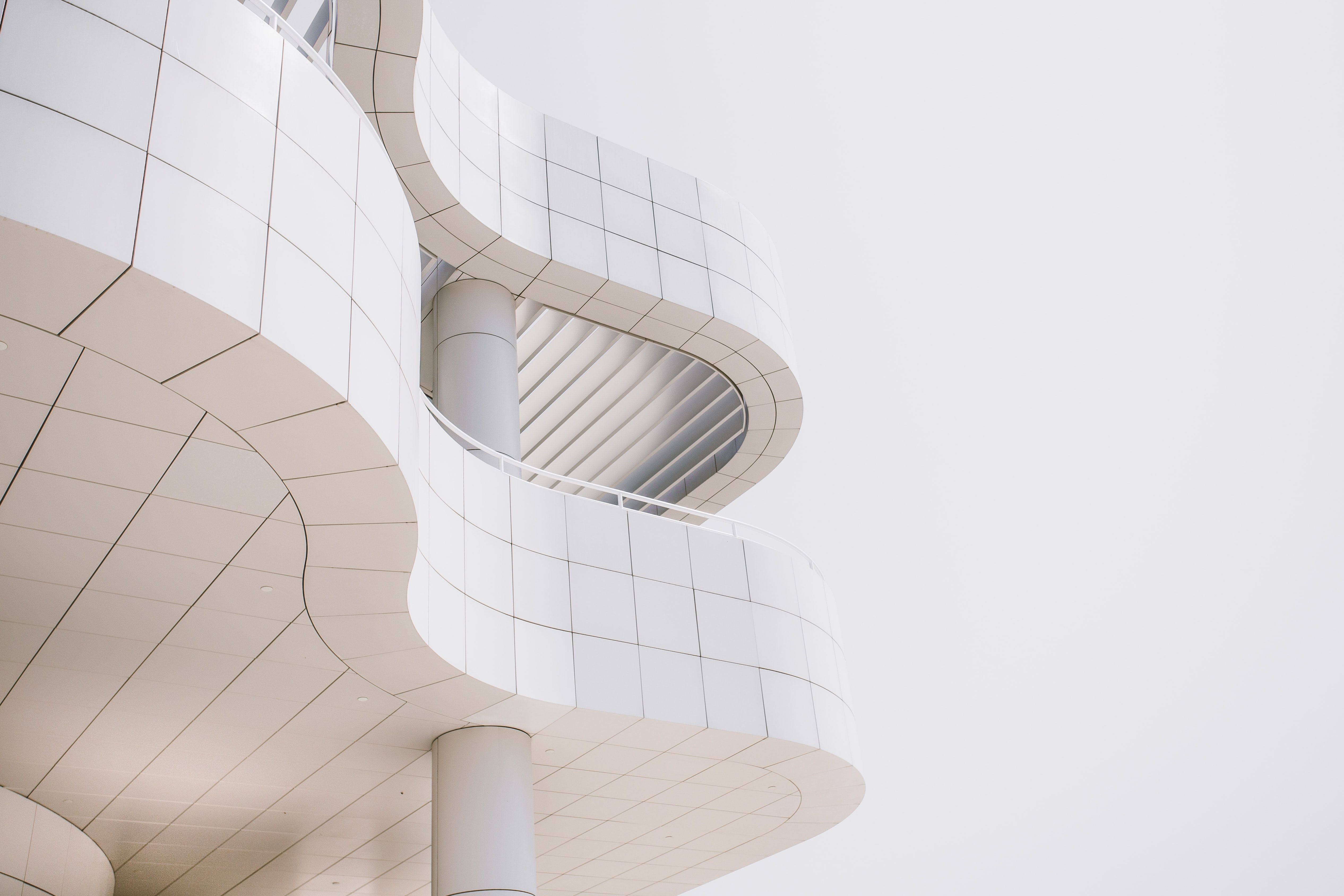As you advance on your photography journey, you'll begin exploring concepts that extend beyond pointing your camera at things that look nice. Negative space is one of the most common concepts you'll hear, and using it correctly can help you tell an impactful story.
Although negative space is well-known in photography, mastering it is far from easy. But what does the term mean, and why should you use it? How can you use negative space in your photography? Let's find out.
What Is Negative Space in Photography?
In many beginner photographers' images, you'll notice far too many "main" subjects than humans can keep up with. Negative space aims to tackle this issue and refers to the area surrounding the primary subject in your photos.
Many people commonly think that negative space equals a background of nothing. However, this isn't the case. You can use several objects as negative space, including:
- Walls
- Fog
- Sand
You can use negative space in a variety of photography types. These include portraits, landscape photography, and capturing urban architecture.
Why Should You Use Negative Space?
Now that you know a little more about what negative space is, we can start looking at why you should consider using it in your images. Below, you'll find three reasons.
Negative Space Makes Your Main Subject Stand Out
Not having negative space in your image can work in some instances. If you're doing street photography in New York City or Tokyo, you may very well want to capture the chaos you see.
In many cases, though, having too much going on in your picture makes it confusing for the viewer. As a result, you'll dilute the story.
Negative space isolates your primary subject and clarifies what you want people to look at in the image. Thanks to this, you'll be able to convey the emotions you want to with greater ease.
Negative Space Expresses Scale
Have you ever stood on a cliff or mountain and found yourself in awe of how small nature can make you feel? If you're trying to capture a moment similar to this, you'll want to portray these emotions in what you snap.
Negative space is an excellent way to showcase scale. You can use this technique when you have humans in your image, but it also works with wildlife—for example, when a bird flies on its own in the sky.
Your Images Might Be More Memorable to Viewers
A common misconception among beginners is that the most memorable photos must include the prettiest landscape. But this isn't necessarily true; throughout history, the most striking images are the ones that successfully tell a story.
If you're wondering why people aren't paying attention to your photography, having too much stuff in your pictures might be the reason. Negative space isn't guaranteed to make you more noticeable, but at the very least, it'll help you show others what caught your eye.
Negative space will make your images more distinct, which could help them stick in other people's minds for longer.
How to Use Negative Space in Your Photography
Okay, so we've now discussed some of the top reasons you should consider using negative space in your photography. Let's move on to the next major question: How do you put this technique into practice?
Keep reading, and you'll discover four ways you can use negative space in your images.
Use a Wider Angle Lens
Whenever you take pictures, it's essential to think in advance about the most suitable lens for that particular photoshoot. And if you're looking to incorporate negative space into your photos, you should consider using a wide-angle lens.
What is a wide-angle camera lens, we hear you ask? Generally speaking, it's any with a focal length of up to 35 millimeters. The range you have available will depend on your camera manufacturer, but you should find plenty of options regardless.
Capturing negative space with a wide-angle lens is easy because it doesn't get as close to your subject as, say, an 85mm would. As a result, you can get more of the background in.
Use a Wider F-Stop
Using negative space in your photography requires both technical and conceptual thinking. In addition to picking the right lens, you also need to think about the settings you're going to use on your camera.
When making your primary subject stand out, using a wider f-stop on your camera can help you achieve this. It'll bring the subject more into focus while doing the opposite for your background.
When changing your f-stop, it's worth keeping in mind that you'll need to compensate with your ISO and aperture speed to adjust the exposure to what you want.
Decide What You Don't Want in Your Image First
Of course, knowing what you want in your photos is essential. However, it's just as crucial to think about what you don't want to include.
Regardless of where you are, you can guarantee that you'll find at least one thing in your surroundings you'd like to keep out of your images. And while you can remove things you don't want during the post-production phase, it's less time-consuming to do it when you take the actual picture.
Before you start snapping away, walk around for a bit and observe your surroundings. Once you've decided what you don't want to include, you can begin thinking about the ideal story and necessary framing to tell this.
Don't Ignore the Background
Including fewer things in the background of your photo doesn't mean that you should ignore it altogether. It's going to take up most of your picture, meaning that it will also form an important part of the message you're trying to get across.
One of the essential things to especially keep in mind is color. The tones you use will suggest whether you want the image to be moody or joyful, and it's also a good idea to think about color theories.
It's also worth remembering that your negative space doesn't need to be flat. For example, you can use trees and water if you feel they'll contribute to your picture's story.
Negative Space Is a Powerful Tool to Improve Your Photography
Negative space is an excellent way to share more powerful stories, and it's also important to learn if you want to adopt a more minimalistic style. You can use negative space both inside and outdoors, and it can also work alongside other photography techniques—such as the rule of thirds.
Having read this guide, you should have a basic understanding of using negative space in your photography. All that's left to do is grab your camera and get practicing!




